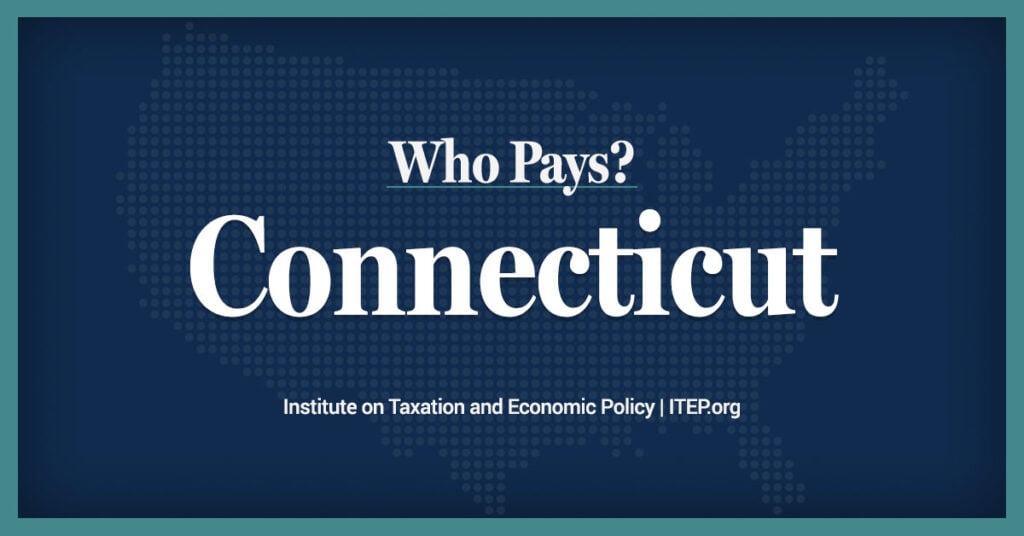April 19, 2013|By WADE GIBSON | COMMENTARY, The Hartford Courant
Most people would agree that Connecticut’s wealthiest residents should pay a greater share of their income in taxes than middle- and working-class residents. With 100, 1,000 or even 10,000 times more disposable income than the average resident, the state’s richest individuals can afford to pay more. Although the federal tax system works this way, our state system is the opposite.
An analysis of Connecticut’s regressive system by the national Institute on Taxation and Economic Policy finds that the wealthiest 1 percent of taxpayers pay about half the share of their income in state and local taxes (5.5 percent) that middle-income (10.5 percent) and lower-income residents (11 percent) do. Although Connecticut’s income taxes are somewhat progressive, our regressive sales and property taxes hit the middle class and poor harder than the wealthy.
Studies of our state and national tax systems agree that the richest few pay a large share of taxes. Yet there is a simple explanation for this: They make the largest share of income. Nationally, the richest 1 percent earn about 21 percent of all income and pay about 22 percent of federal, state and local taxes. Here in Connecticut, the richest 1 percent enjoyed nearly 30 percent of all income in 2010 and paid about a third of state income taxes. Simply put, the rich pay a higher dollar amount in taxes because their incomes are so much higher.
What these findings really demonstrate is Connecticut’s income inequality, which is the second highest and fastest growing among all states. Such inequality threatens Connecticut’s ability to offer broad-based opportunity because fewer and fewer people prosper in our economy. Work hard, play by the rules and you still may not be able to support a family.
Programs like the state’s earned income tax credit, called EITC, are crucial to broadening opportunity, as well as making our tax system fairer. Last year, the state EITC supported more than 180,000 working-class families, including more than 200,000 kids. Only available to those who work and targeted to families with children, the EITC boosts parent employment, improves children’s success at school, and keeps more young people out of poverty than any other program.
In order to broaden opportunity, especially for rising generations, Connecticut must commit not only to supporting EITC families and young people, but also to ensuring every child receives adequate health care and nutrition, high-quality preschool, and excellent K-12 education. Our colleges must be both world-class and affordable, and our transportation networks must quickly link our families and businesses with jobs and markets in New York, Boston, and beyond.
Everyone, the wealthy included, benefits from these kinds of public investments. While anti-tax advocates claim that higher taxes could drive wealthy residents from the state, rigorous academic research indicates the opposite. Not only are taxes simply not a significant factor in decisions about where to move, but raising state revenue and using it to improve quality of life and job opportunities could draw new residents to the state.
None of these public investments, however, are possible without a sustainable tax system to pay for them. Our struggling economy and antiquated tax system have produced a state budget deficit that threatens these investments. As policy-makers work to close this deficit, we must raise revenues from those who can best afford it to protect and enhance these opportunity-broadening investments.
We know this model of broader opportunity works. We once led the nation with it. Thirty-five years ago, Connecticut had one of the most equal income distributions in America. We had some of the finest schools and most advanced infrastructure, and the result was unprecedented opportunity and prosperity. To reduce inequality and boost opportunity, Connecticut must go back to the future.
Wade Gibson is a senior policy fellow at the Fiscal Policy Center at Connecticut Voices for Children (www.ctvoices.org).





